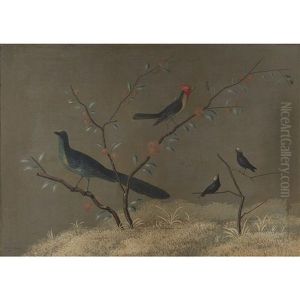Carlo Antonio Raineri Paintings
Carlo Antonio Raineri was an Italian painter and watercolorist who lived and worked during the late 18th and first half of the 19th centuries. Born in 1793 in Milan, which at the time was part of the Cisalpine Republic, Raineri was active in a period of significant social and political change that included the Napoleonic Wars and the subsequent shifts in power that swept across Europe. Despite these tumultuous times, Raineri managed to pursue a career that was rich in artistic endeavors and contributions.
Raineri's artistic journey began under the tutelage of his father, who was also an artist. He later studied at the Brera Academy, which was the main artistic institution in Milan and a hub for artists to learn and develop their skills. The academy was known for its promotion of neoclassicism, a style that was inspired by the art and culture of ancient Greece and Rome. Raineri was influenced by this movement but also developed his own distinctive style, which often incorporated elements of romanticism.
During his career, Raineri was known for his versatility. He worked in various mediums, including oils, watercolors, and frescoes. His subject matter was equally diverse, ranging from historical and mythological scenes to landscapes and genre paintings. Raineri's landscapes were particularly admired for their atmospheric quality and attention to detail, often capturing the mood of the Italian countryside with a poetic sensibility.
In addition to his paintings, Raineri was an accomplished illustrator and decorator. He produced designs for tapestries and was involved in the decoration of several important buildings in Milan and other Italian cities. His work in this area helped to spread his reputation beyond the circles of fine art and into the broader cultural milieu of his time.
Raineri's contributions to Italian art were recognized during his lifetime, and he enjoyed the patronage of important figures of his day. However, like many artists of the time, his fame waned after his death in 1858. It was not until the later rediscovery and reevaluation of 19th-century Italian art that Raineri's work was again appreciated for its quality and historical value.
Today, Carlo Antonio Raineri is remembered as a talented artist who helped to shape the visual culture of his era. His works can be found in various museums and collections, where they continue to be studied and admired for their blend of neoclassical precision and romantic sensibility.
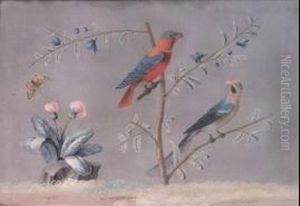


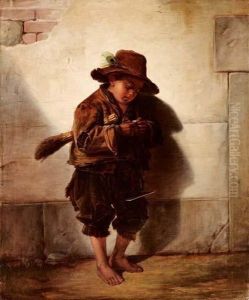

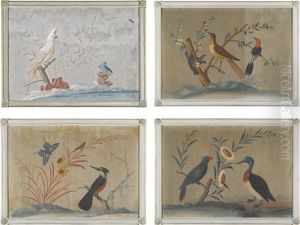


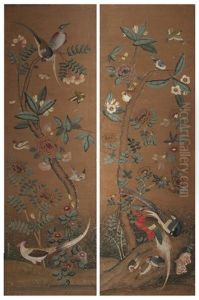
![[tempera On Paper; Minor Defects]](https://www.niceartgallery.com/imgs/922036/s/carlo-antonio-raineri-tempera-on-paper-minor-defects-1a1eea6e.jpg)

![[tempera On Paper; Minor Defects]](https://www.niceartgallery.com/imgs/922037/s/carlo-antonio-raineri-tempera-on-paper-minor-defects-cdfc6a36.jpg)
